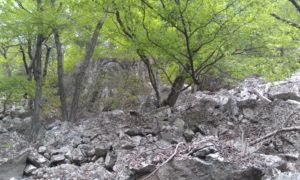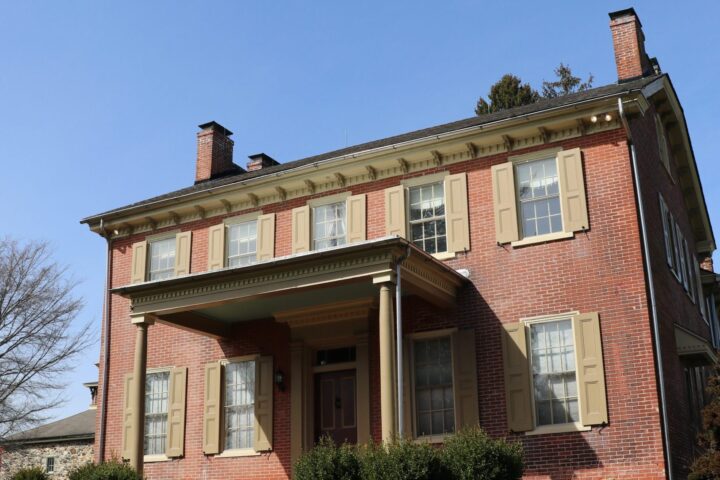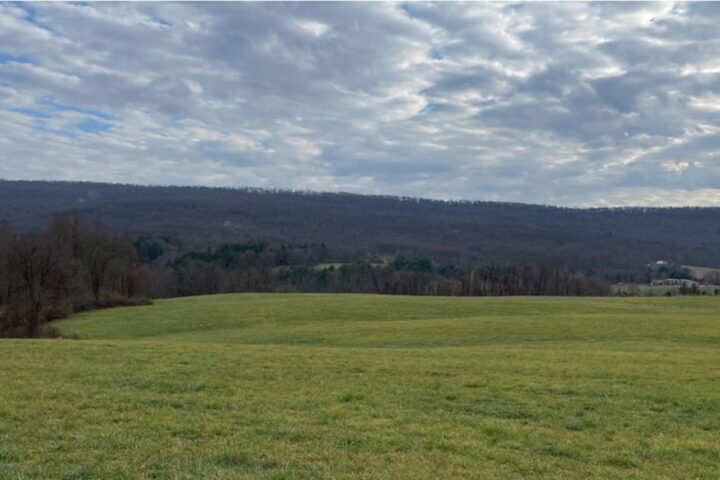
The Western Pennsylvania Conservancy announced the permanent protection of 105 forested acres, including approximately one mile of ridgeline along the western slope of Buffalo Mountain, in Londonderry Township, Bedford County.
The land was immediately transferred to the Pennsylvania Game Commission as a new addition to State Game Lands 48 and will expand recreational opportunities for hunters and other outdoor enthusiasts.
Located adjacent to the game lands near Wills and Buffalo mountains, the property is steep, rocky and entirely forested with a variety of oaks, black birches, hickories, black gums and white pines. The Pennsylvania Natural Heritage Program recognizes this landscape as a globally significant natural heritage area that supports the habitats of a number of species of concern, including the globally imperiled tricolored bat.
This acquisition supports PGC’s efforts to manage and steward habitats within its game lands for imperiled non‐game species, such as the Pennsylvania threatened and endangered Allegheny woodrat and the timber rattlesnake, a state species of concern.
Conservancy President and CEO Tom Saunders says he is pleased to work with state and private partners to continue the Conservancy’s longstanding history of expanding state public lands and safeguarding important species and their habitats.
“This significant protection helps wildlife, extends connected forestland and helps expands recreation opportunities in one of Central Pennsylvania’s most scenic, natural areas,” says Saunders.
In addition to funding from PGC, Babcock Charitable Trust and the Hamer Foundation, this acquisition was made possible by a planned gift to the Conservancy from the estate of James and Eleanor Thomas. Nature lovers and longtime WPC members, the Thomases, who passed away several years ago and lived less than five miles from this property, made provisions in their wills to financially support conservation work in Bedford County.
“We are so grateful to Mr. and Mrs. Thomas for their generosity that will leave an indelible legacy of protection and restoration for Bedford County’s flora, fauna and streams for generations to come,” adds Saunders.




